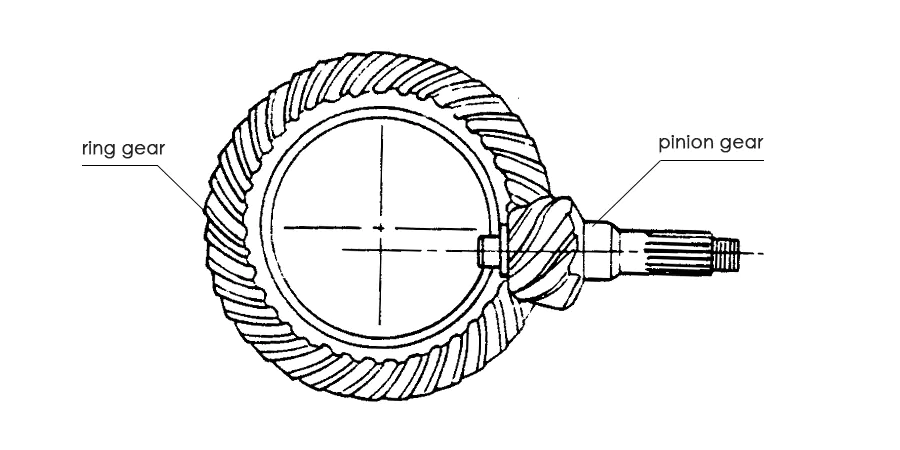When it comes to vehicle performance, especially in tricky situations like sharp turns or rough terrain, the torque bias ratio (TBR) of a limited-slip differential (LSD) plays a pivotal role. This often-overlooked aspect of differentials can drastically improve traction and control, making your driving experience safer and more enjoyable.

Breaking Down Torque Bias Ratio
At its simplest, the torque bias ratio is a measure of how much torque the LSD sends to the wheel with traction versus the wheel without traction. For example, a TBR of 3:1 means the wheel with more grip receives three times the torque of the slipping wheel. This ensures power is effectively distributed, preventing the vehicle from losing momentum when one wheel struggles for grip.
Why TBR Matters
TBR is critical in maintaining control during challenging driving conditions. It ensures that torque flows to the wheels that can use it most effectively, enhancing performance. In everyday driving, a well-calibrated TBR allows for smoother cornering and better overall handling. Off-road, where surfaces are unpredictable, a higher TBR can make the difference between getting stuck and pushing through tough obstacles.
Different Types of LSDs and Their TBRs
The type of LSD in your vehicle determines its TBR characteristics.
- Clutch-Type LSDs are common and offer a moderate TBR, balancing affordability and performance.
- Torsen LSDs, known for their mechanical precision, provide a higher and more consistent TBR, making them ideal for both road and off-road use.
- Cone-Type LSDs deliver similar benefits to clutch types but with slightly different internal mechanics.
Each type offers unique benefits, and the ideal choice depends on your driving needs and conditions.
How TBR Affects Driving Scenarios
In performance driving, such as on racetracks, TBR ensures torque is efficiently split, preventing understeer or oversteer. For off-road enthusiasts, a high TBR is essential for navigating through mud, sand, or rocky terrain. Even in daily driving, TBR plays a role by ensuring your vehicle maintains stability during turns and quick maneuvers.
Optimizing and Maintaining Your TBR
To keep your LSD performing at its best, regular maintenance is crucial. Using the correct differential oil minimizes wear and ensures consistent operation. Periodic inspections of the LSD components, such as clutch plates or gears, can prevent performance degradation. If your current setup isn’t meeting your expectations, upgrading to an LSD with an adjustable or higher TBR might be the solution.
Why Understanding TBR Matters
The torque bias ratio isn’t just a technical specification—it’s the foundation of how your limited-slip differential performs. Whether you’re seeking better control on highways, superior handling on tracks, or unbeatable traction off-road, understanding TBR helps you make the most of your vehicle.
Investing in the right LSD and maintaining its TBR can transform your driving experience, giving you confidence and control in every situation.



